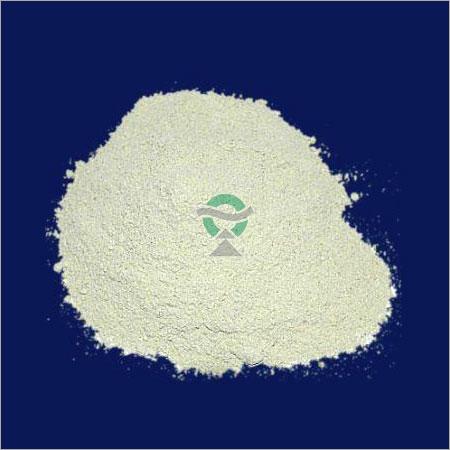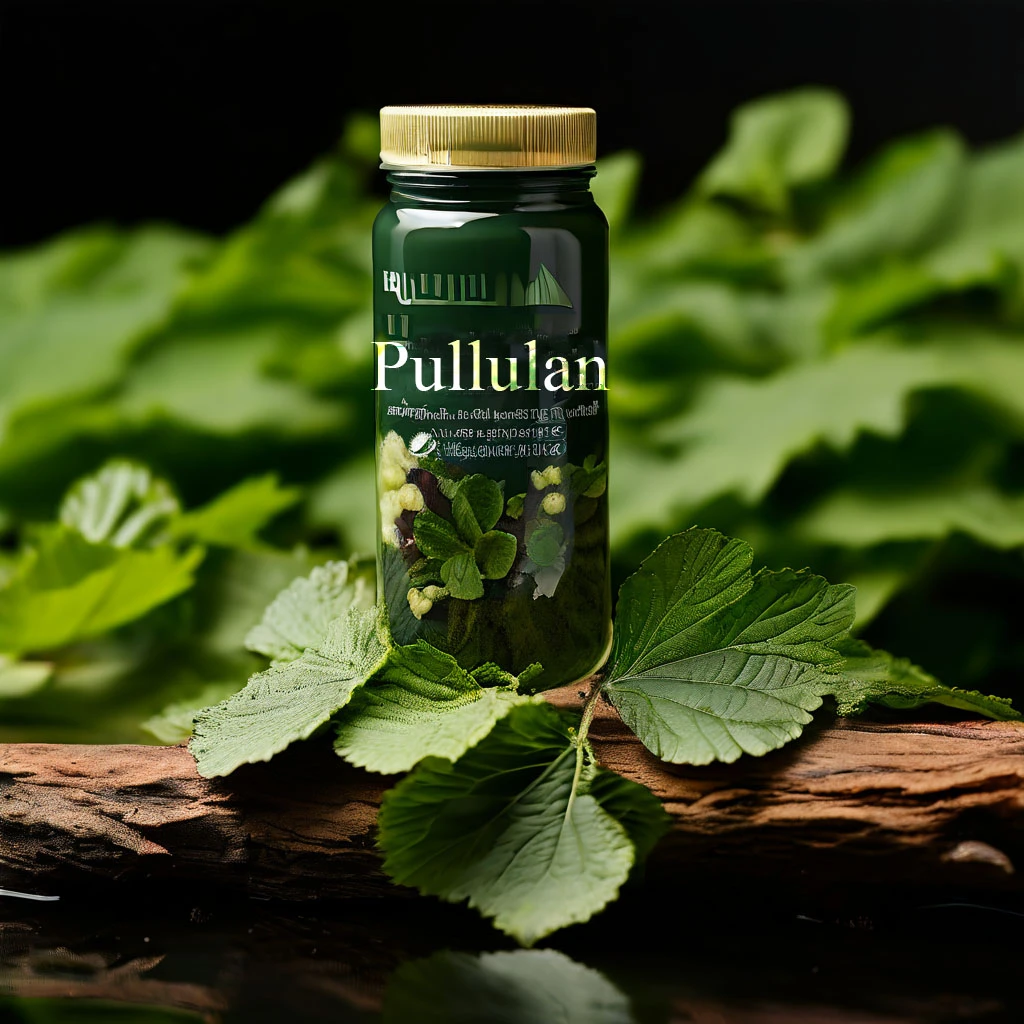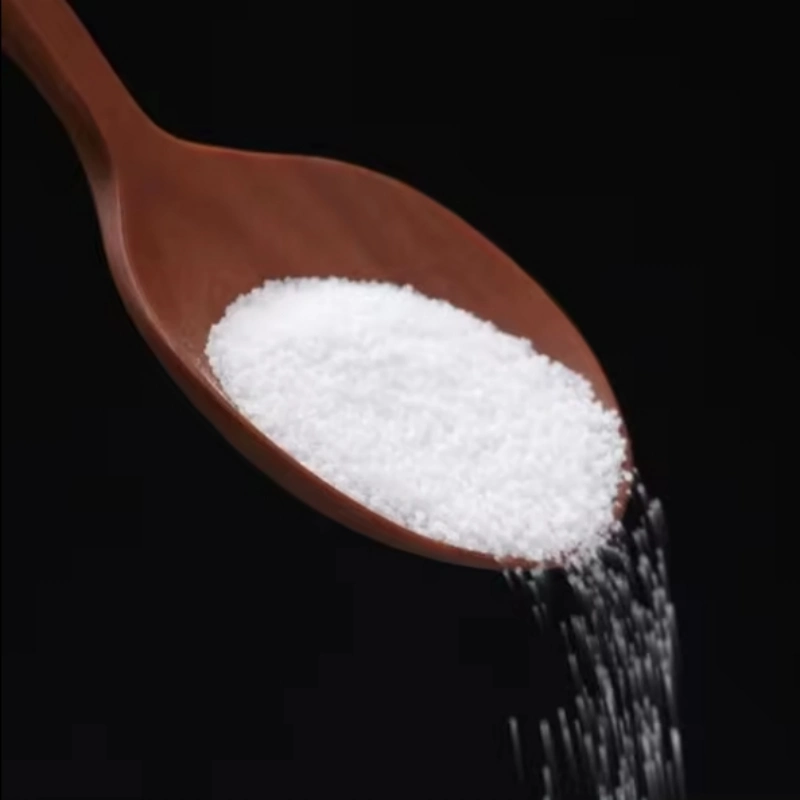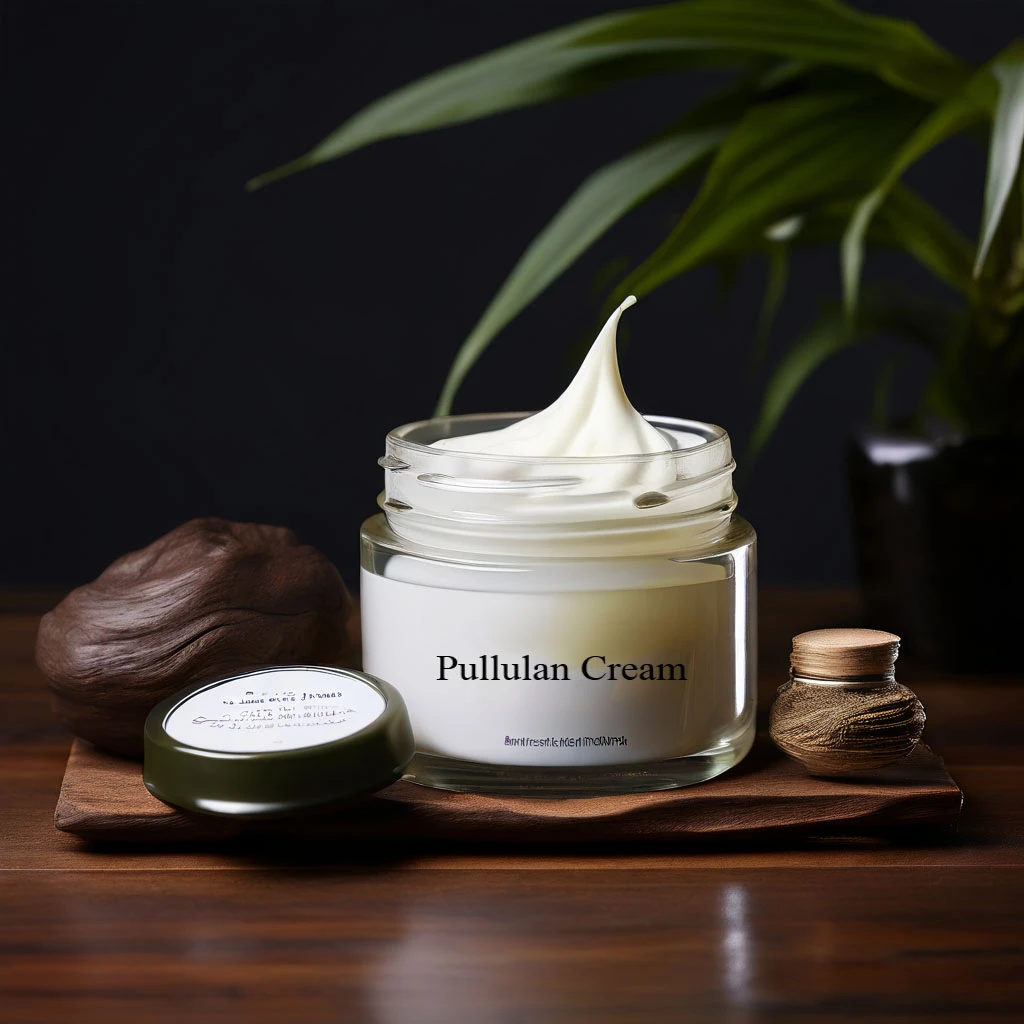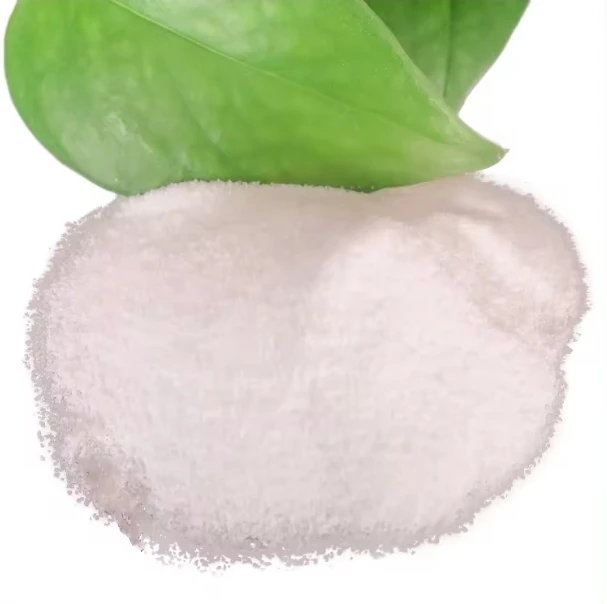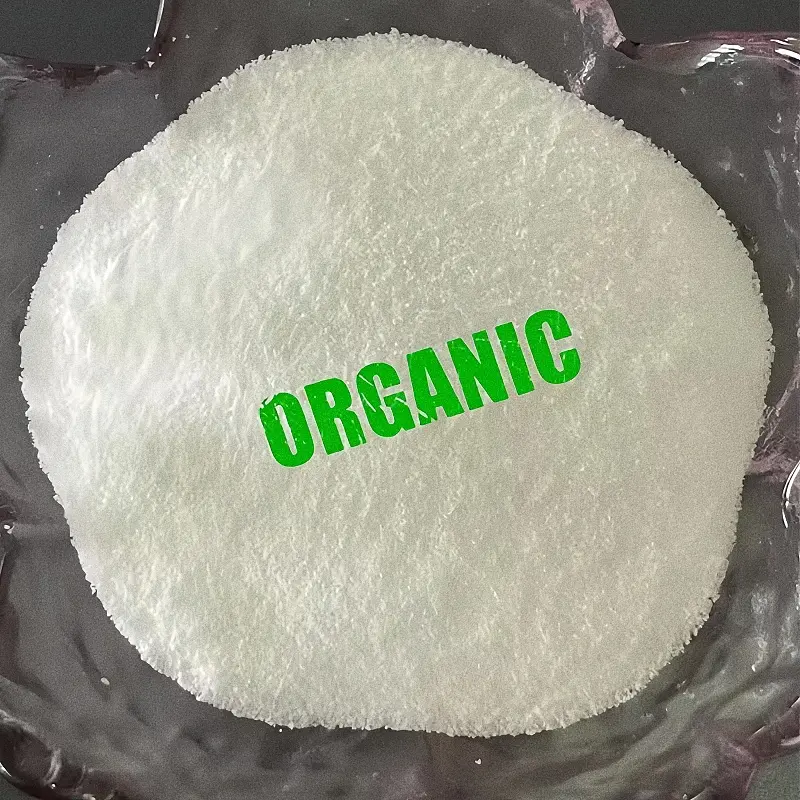Xanthan (ZAN thun) gum and guar (gwar) gum are used in gluten-free cooking to bind, thicken and emulsify gluten-free ingredients. If you don't add one of these gums to most of your gluten-free baked goods, they will likely end up as a pile of crumbs!
But is one gum better than the other and how much gum do you really need to use for best baking results?
Xanthan Gum
Xanthan gum is a corn-based, fermented product. It's made by fermenting corn sugar with a microbial called "Xanthomonas campestris." It's used extensively in the food industry to make products thicker and it's a common ingredient in gluten-free recipes.
If you use too much xanthan gum in a recipe you may notice a heavy, gummy or even slimy texture in your baked goods- so measure carefully when using xanthan gum.
People with allergies or sensitivity to corn may be advised by their physician to avoid xanthan gum. Also, xanthan gum generally costs almost 3 times as much as guar gum.
Guar Gum
Guar gum comes from the seed of bean-like (legume) plant, sometimes referred to as the Indian tree. It is high in soluble fiber. According to Bob's Red Mill Guar Gum product literature "Guar Gum has eight times the thickening power as cornstarch." Like xanthan gum, measure carefully when using guar gum in gluten-free recipes or you may end up with heavy, stringy baked goods.
Guar gum is a high fiber product and has been associated with gastrointestinal upset in some people.
